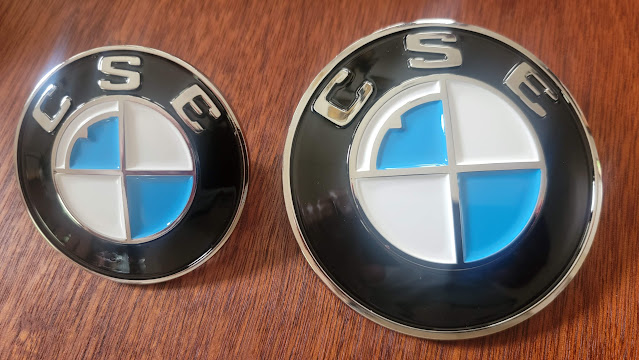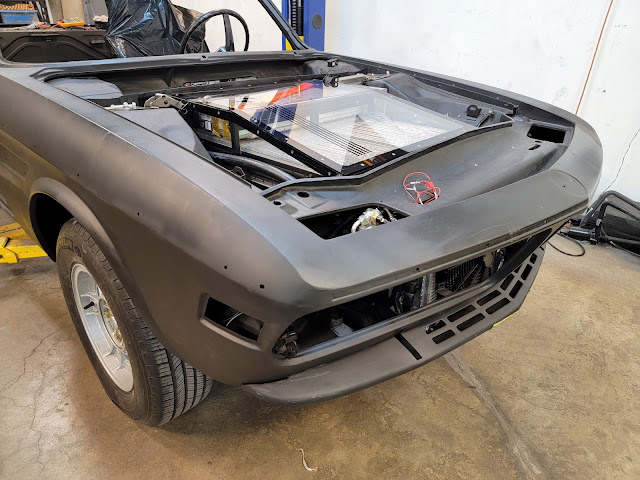Moving the Needle
My first attempt at programming a simulated analog gauge entirely via software was OK but didn't have parity with my digital version and was missing some features such as cruise control, warning icons, and power mode. So I worked on it some more.
There are out-of-the-box gauge displays you can buy from companies like AEM but they are usually rectangular and I am placing mine in the round hole previously occupied by the tachometer. Plus, they usually look too racy or too cheap for my tastes. I want something that blends into the original dash.

|
| AEM CD7 Carbon Flat Panel CAN Bus Display |

|
| Andromeda EVIC Graphical Interface Display |
Most EV conversions just use a simple round digital gauge that shows the charge level as LEDs but I wanted something more sophisticated.

|
| $15 round LED display gets the job done for the less discerning EV owner |
 |
| I think my app looks great in the wood dash, next to the other VDO gauges (earlier version) |
The nice thing about coding my own gauges is I can show anything I want, in any format I wish. Now the color sweeps work for power and regen and the set cruise speed has an indicator tick mark and you can tell what power mode your in, etc. It's really funny to put it into Valet mode and see the speedometer change from 160 MPH to 60 MPG.

|
| All the various warning icons (low battery, limp mode, traction control off, creep mode on) |

|
| Valet mode, where I limit the discharge power available and change the screen to max 60 MPH and 128 HP. |
There is a lot of information imparted on this one screen. To test and show it all, I wrote a little test harness where I can simulate changing speed and power, as well as change various settings. See below.
As a reminder, this is an Electron app, using React, running on a Raspberry Pi.



